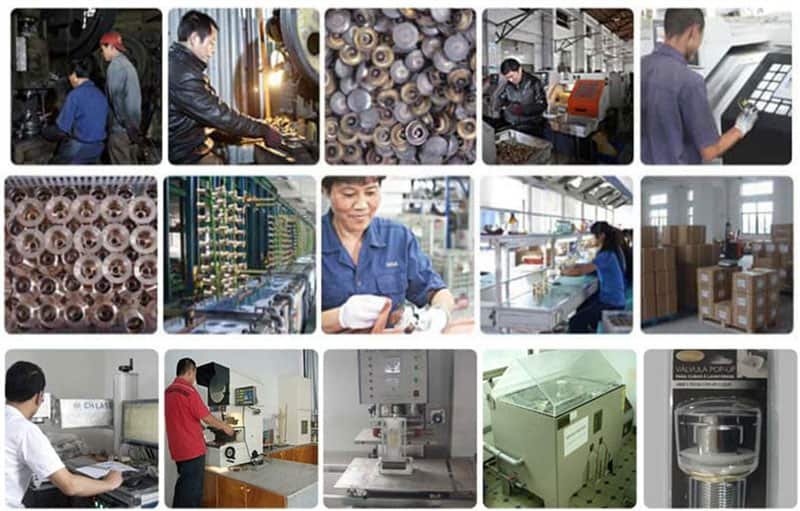Description
Lavatory Plumber Drain P-Trap With Chrome
HF-0072
Chrome Plated Brass Lavatory Wall Drain
P Trap 22 Gauge 1-1/4″ OD includes wall flange, nuts, and washers.
1-1/2” with 17-22 Gauge
Chrome plated brass construction.
Introduction: what is a P-trap, and what does it do?
A P-trap is a plumbing fixture typically used to prevent sewer gases and odors from entering a home through the drains. It is also used to trap debris that may clog the drain. The P-trap is usually located under the sink where the drain meets the trap arm. How Do P-Traps Work? P-traps have a curved pipe called a “trap arm” that goes from the top of the drain to the bottom. The curve in this pipe traps water and prevents sewer gas from coming up through the drain. The water in the trap arm does two things: It keeps sewer gases from entering the home and it holds any debris that may clog the drain. The water in the trap arm should be kept at a depth of about 1 to 2 inches.
Why Lavatory Plumber Drain P-Trap is important
If you have a clogged sink or slow-draining water in your home, it’s time to call a lavatory plumber drain P-Trap. P-traps are designed to keep sewer gases and odors from entering your home through the drain. They also prevent hair, grease, and other debris from clogging your drains. A P-trap is a U-shaped pipe that has a water seal at the bottom of the U. The seal prevents sewer gas from escaping into your home. P-traps are designed to work with gravity, so there is no need to install a drain pump or mechanical venting system.
How to unclog a Lavatory Plumber Drain P-trap
If you have a clogged lavatory drain, there are a few things you can do to try and unclog it yourself before calling a plumber. First, try using a plunger. If that doesn’t work, you can try using a plumbing snake. If neither of those works, then you will need to call a plumber.
To use a plunger, ensure enough water is in the sink to cover the plunger’s cup. Put the plunger over the drain and push and pull the plunger up and down. You should do this for about 30 seconds. If the clog is still there, try using a plumbing snake.
To use a plumbing snake, insert the snake into the drain until you feel resistance. Then, turn the handle of the snake clockwise until you feel the clog break up.
How to install a Lavatory Plumber Drain P-trap
Assuming you have all the necessary materials, installing a lavatory plumber drain P-trap is a relatively easy. First, remove the old P-trap by unscrewing it from the drainpipe. Next, clean out any debris or buildup in the drainpipe before attaching the new P-trap. Then, simply screw the new P-trap into place. Finally, test the new P-trap to ensure it is properly installed by running water through it.
The Lavatory Plumber Drain P-Trap’s purpose
If you have a clogged drain, it is important to know how to clear it yourself. This is especially true for the lavatory plumber drain P-Trap. This type of trap is located under the sink and is responsible for catching hair and other debris that can clog the drain. While you can call a professional to clear the drain, it is not necessary. With a few simple tools, you can clear the drain yourself.
3 benefits of a Lavatory Plumber Drain P-Trap
If you have a clogged drain, it’s important to know the benefits of a lavatory plumber drain P-trap. This device is designed to catch hair, soap scum, and other debris that can cause a clog. Here are three benefits of using a P-trap:
- It prevents clogs: The P-trap catches hair, soap scum, and other debris before it has a chance to enter your drain and cause a clog.
- It’s easy to use: Simply place the P-trap over your drain and let it do its job. There’s no need to disassemble your pipes or use harsh chemicals.
- It’s affordable: P-traps are relatively inexpensive and can be found at most hardware stores. They’re an easy and affordable way to keep your drains clear.








